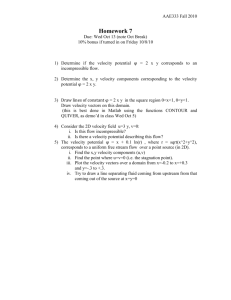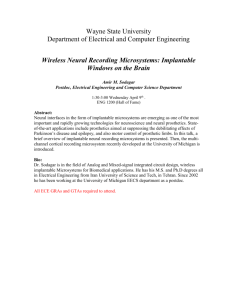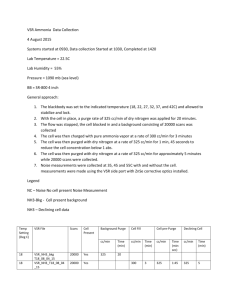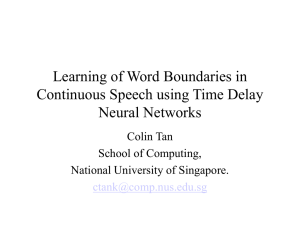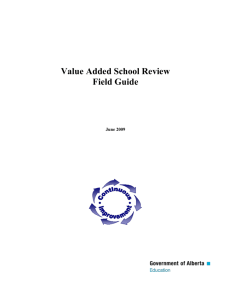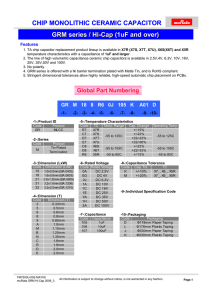Signal Processing for Advanced Neural Recording Systems
advertisement
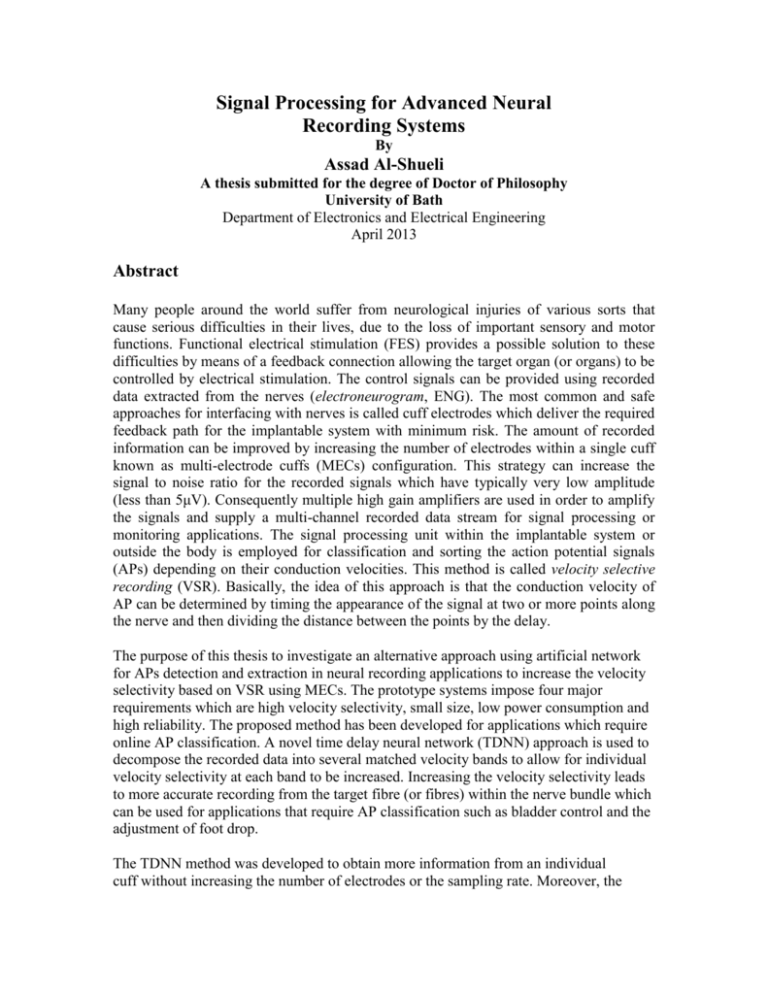
Signal Processing for Advanced Neural Recording Systems By Assad Al-Shueli A thesis submitted for the degree of Doctor of Philosophy University of Bath Department of Electronics and Electrical Engineering April 2013 Abstract Many people around the world suffer from neurological injuries of various sorts that cause serious difficulties in their lives, due to the loss of important sensory and motor functions. Functional electrical stimulation (FES) provides a possible solution to these difficulties by means of a feedback connection allowing the target organ (or organs) to be controlled by electrical stimulation. The control signals can be provided using recorded data extracted from the nerves (electroneurogram, ENG). The most common and safe approaches for interfacing with nerves is called cuff electrodes which deliver the required feedback path for the implantable system with minimum risk. The amount of recorded information can be improved by increasing the number of electrodes within a single cuff known as multi-electrode cuffs (MECs) configuration. This strategy can increase the signal to noise ratio for the recorded signals which have typically very low amplitude (less than 5μV). Consequently multiple high gain amplifiers are used in order to amplify the signals and supply a multi-channel recorded data stream for signal processing or monitoring applications. The signal processing unit within the implantable system or outside the body is employed for classification and sorting the action potential signals (APs) depending on their conduction velocities. This method is called velocity selective recording (VSR). Basically, the idea of this approach is that the conduction velocity of AP can be determined by timing the appearance of the signal at two or more points along the nerve and then dividing the distance between the points by the delay. The purpose of this thesis to investigate an alternative approach using artificial network for APs detection and extraction in neural recording applications to increase the velocity selectivity based on VSR using MECs. The prototype systems impose four major requirements which are high velocity selectivity, small size, low power consumption and high reliability. The proposed method has been developed for applications which require online AP classification. A novel time delay neural network (TDNN) approach is used to decompose the recorded data into several matched velocity bands to allow for individual velocity selectivity at each band to be increased. Increasing the velocity selectivity leads to more accurate recording from the target fibre (or fibres) within the nerve bundle which can be used for applications that require AP classification such as bladder control and the adjustment of foot drop. The TDNN method was developed to obtain more information from an individual cuff without increasing the number of electrodes or the sampling rate. Moreover, the optimization of the hardware implementation for the proposed signal processing method permits savings in power consumption and silicon area. Finally, a nerve signal synthesiser and noise generator for the evaluation of the VSR method is described. This system generates multiple artificial AP signals with a time offset between the channels with additive white Gaussian noise (AWGN) to simulate the MEC and hence reduce the cost and the number of the animals required for experimental tests.






